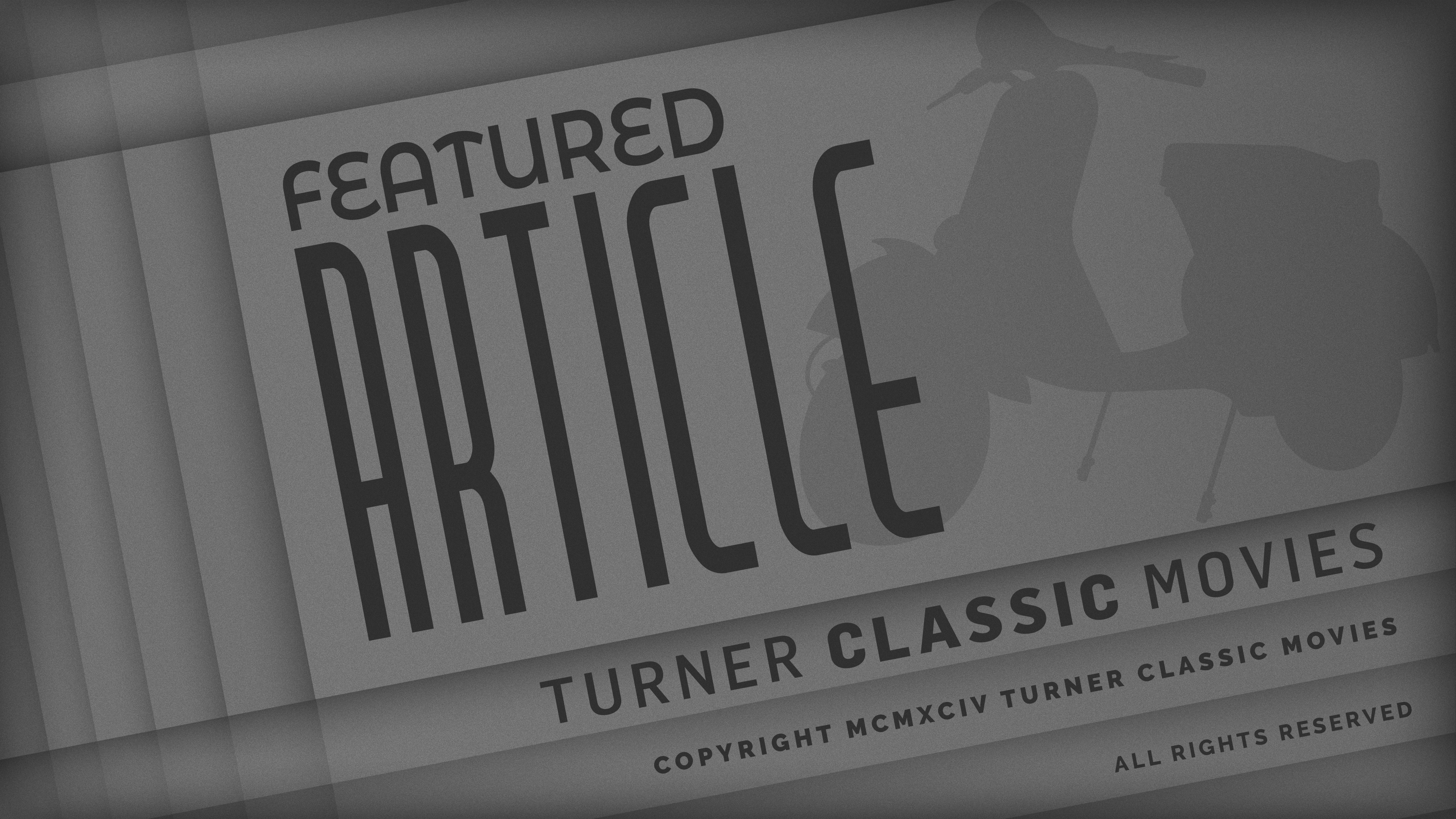Death Watch

Brief Synopsis
Cast & Crew
Bertrand Tavernier
Romy Schneider
Harvey Keitel
Harry Dean Stanton
Jimmy Yuill
Bernhard Wicki
Film Details
Technical Specs
Synopsis
A man has camera implanted in his brain and is hired by a television producer to film a documentary of dying woman without her consent.
Director
Bertrand Tavernier
Cast

Romy Schneider

Harvey Keitel

Harry Dean Stanton
Jimmy Yuill
Bernhard Wicki

Max Von Sydow
Derek Royle
Jake D'arcy
John Sheddon
Robbie Coltrane
Julian Hough
Carey Wilson
Ida Schuster
Eva-maria Meineke
Therese Liotard
Freddie Boardley
Boyd Nelson
Bill Riddoch
Paul Young
Vadim Glowna
Maureen Jack
Russell Enoch
Vari Sylvester
Caroline Langrishe
Peter Kelly
Crew
Jean Achache
A M Beretta
Gabriel Boustani
Jean-serge Breton
C Bricaire
David Compton
Michel Desrois
Antoine Duhamel
Michael Ellis
Pierre-william Glenn
Sigmund Graa
D Grimm
Catherine Kelber
Jean-pierre Lelong
Paul Lemarinel
Bernd Lepel
Roger Mason
Judy Moorcroft
Anthony Pratt
Armand Psenny
Harry Rabinowitz
David Rayfiel
George Reuther
Janine Rubiez
Iain Smith
Bertrand Tavernier
Bertrand Tavernier
Charlotte Trench
Jean-claude Vicquery
Claude Villand
Trudy Von Trotha
Louis Wipf
Videos
Movie Clip



Film Details
Technical Specs
Articles
Death Watch
In the future when medical advances have made premature death an extreme rarity, the television show Death Watch enjoys huge popularity with its voyeuristic portrayal of how people cope with the end of life. A unique opportunity presents itself when Roddy (Harvey Keitel) agrees to have a camera implanted in his head, broadcasting everything he sees to a Glaswegian television station. His assignment: to chart the journey of Katherine (Romy Schneider), who's been recently informed that she's terminally ill. Complicating things is the fact that Katherine has no awareness that she's being filmed and had turned down an offer from the show's producer (Harry Dean Stanton) to appear on it, which puts Roddy in a morally compromised position when he becomes very close to his subject.
The story of Death Watch (released in France as La mort en direct) is derived with great fidelity from a 1973 novel by science fiction writer David Compton published as The Continuous Katherine Mortenhoe in its native Great Britain and The Unsleeping Eye in the United States. The European production offers a peculiar alignment of talents, with Tavernier making his first (but far from last) English-language feature and working with the luminous Schneider for the only time. A major European star since her string of Sissi vehicles in the 1950s, Schneider had briefly aimed for a Hollywood career with films like The Cardinal (1963) and Good Neighbor Sam (1964) but was destined to remain most successful in Europe with projects like The Swimming Pool (1969) and Ludwig (1973). Tragically, Schneider would suffer a major blow after this film's release with the violent accidental death of her son, and she would be dead within two years (under conflicting circumstances involving cardiac arrest) with only four more films to her credit.
The rest of the cast is no less fascinating, with Keitel in perhaps the most adventurous period of his career thanks to this in the middle of a string of independent productions including Fingers (1979), Saturn 3 (1980), and Bad Timing (1980), the latter two putting him in supporting roles. The 1980s would turn out to be very rocky for his career, with a resurgence to come only in the early '90s with Thelma & Lousie (1991), Reservoir Dogs, and Bad Lieutenant (both 1992). Also on hand in a small but key role at the end is Max Von Sydow, shot back to back with his appearance as Ming the Merciless in Flash Gordon (1980).
Death Watch was given a very modest theatrical push in America from who specialized in French imports including several Claude Lelouch titles and Tavernier's later Coup de torchon. The distributor also made the decision to excise a substantial amount of the running time out of the film's finale, omitting a key plot twist involving the TV production's culpability in Katherine's diagnosis. That shorter version appeared on VHS from Embassy in the '80s, but the full-length version was eventually restored and has now become the default edition around the world. The virtues of which version is superior continue to be debated, but in either form, it's a rare film that truly lives up to the term "visionary."
By Nathaniel Thompson

Death Watch
Quotes
Trivia
Miscellaneous Notes
Released in United States March 1980
Released in United States on Video August 1984
Released in United States Winter January 1, 1980
dubbed version available.
Released in United States Winter January 1, 1980
Released in United States March 1980 (Shown at FILMEX: Los Angeles International Film Exposition (Closing Night) March 4-21, 1980.)
Released in United States on Video August 1984













